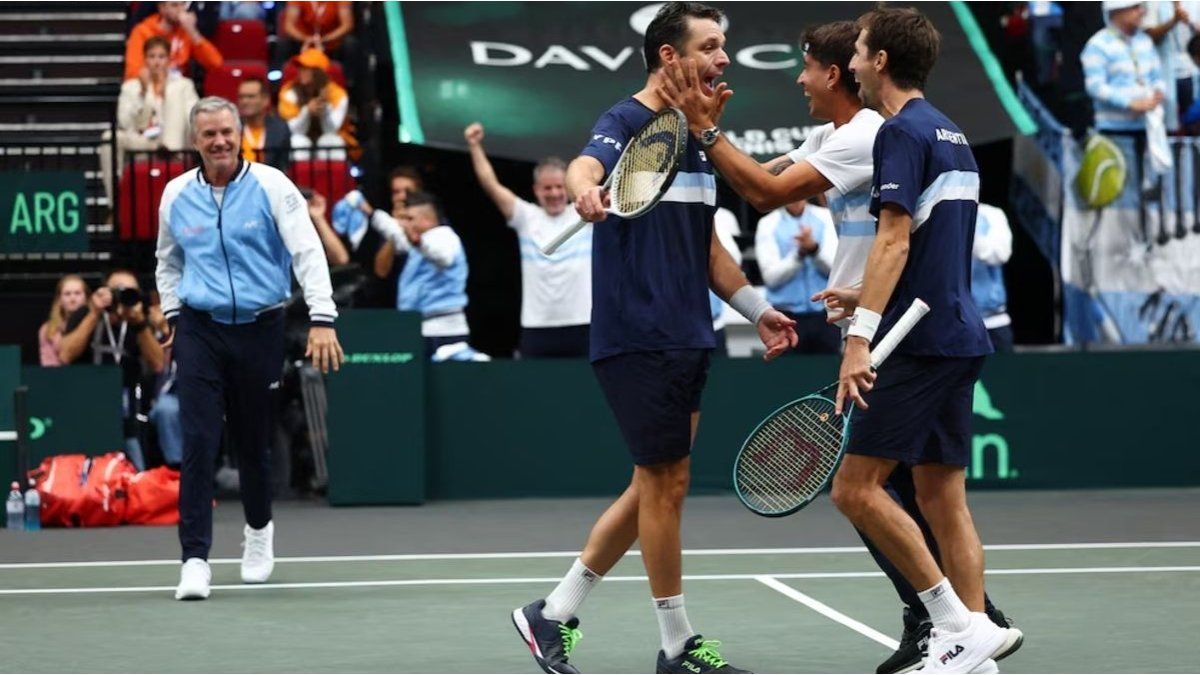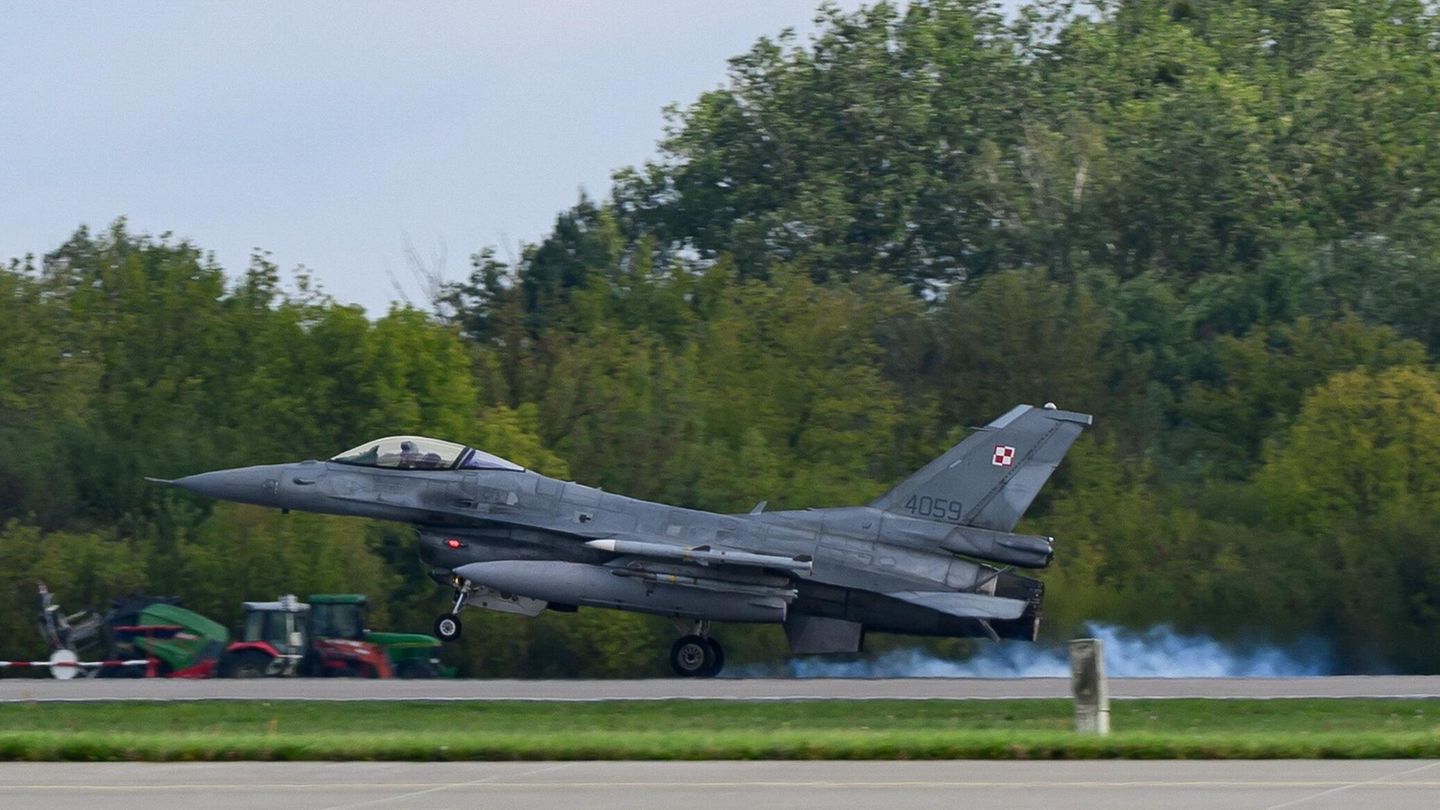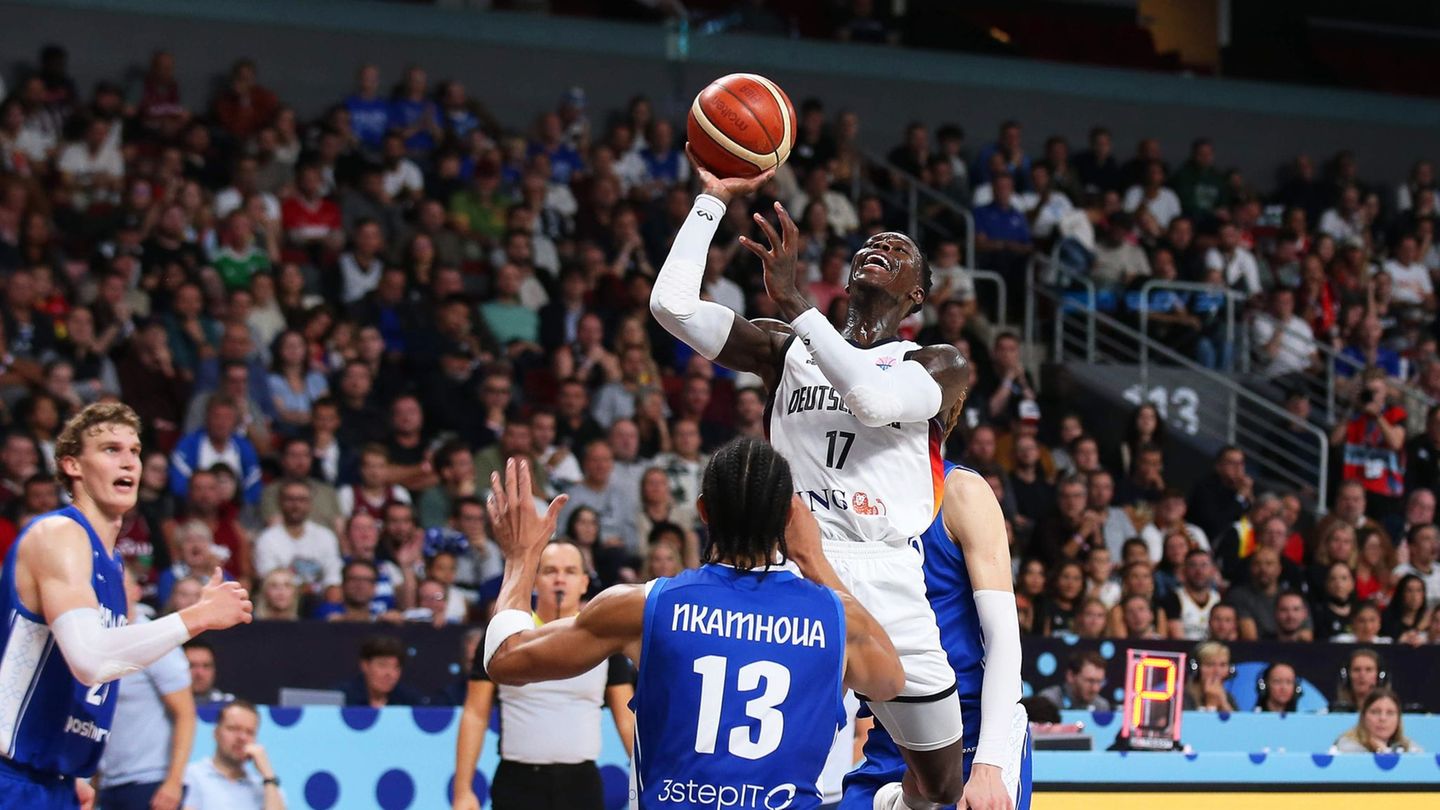Image: SEBASTIAN KAHNERT (APA/Sebastian Kahnert)
The start-up and quality problems caused the loss to swell to 4.59 billion (previous year: 712 million euros), although the other three divisions achieved or even exceeded their targets, the energy technology group announced on Wednesday in Munich. Sales rose on a comparable basis by almost 10 percent to 31.1 billion euros, and incoming orders rose – thanks to large orders for wind turbines and power grids – by a good third to 350.4 billion euros. However, Siemens Energy expects two more years of losses in the wind power business. Siemens Gamesa will only reach the break-even point in the 2025/26 financial year. For the current 2023/24 financial year, Gamesa is again expected to experience a loss of 2 billion euros due to quality defects in wind turbines for use on land (onshore) and start-up difficulties in wind turbines for the high seas (offshore).
Scope of business activity reviewed
Siemens Energy boss Christian Bruch wants to announce next week what will happen next in the wind power business. “In order to achieve the turnaround and make Siemens Gamesa profitable again, the scope of Siemens Gamesa’s business activities is currently being reviewed,” the statement simply said. At least it is becoming apparent that the billions in provisions made in the summer were sufficient. Bruch spoke of “progress in overcoming Siemens Gamesa’s problems.” No further provisions have been made since then.
In the new financial year, Siemens Energy is hoping for a profit of around one billion euros, but only due to the planned sales of parts of the company. Operationally, Siemens Gamesa could keep the group in the red again. The operating return on sales is expected to be between minus 2 and plus 1 (2023/23: minus 8.9) percent, with expected sales growth of 3 to 7 percent.
No shortage of orders
There is no shortage of orders. Siemens Energy sits on an order backlog of 112 billion euros. In order to be able to process it safely for customers, the company needed guarantees worth billions. A banking consortium is now to guarantee 12 billion euros, of which the German state is securing 7.5 billion euros, as the German Ministry of Economic Affairs announced on Tuesday. “The great demand for our products also brings with it challenges,” said Bruch. “We are therefore pleased that, after very constructive discussions, we have found a good solution with everyone involved to ensure our growth, which has been greatly accelerated by the energy transition.” A further 3 billion euros in guarantees are to be obtained abroad. The Spanish government has already signaled support.
The former parent company Siemens is formally responsible for the first billion in possible failures. However, he received security from Siemens Energy, including a five percent share in their Indian subsidiary Siemens Ltd. Siemens Energy is selling 18 percent of Siemens Ltd directly to its majority shareholder, which will bring it to 69 percent in the future. Siemens AG is transferring 2.1 billion euros for this, 15 percent less than the share package is worth on the stock exchange. With this cash injection, CFO Maria Ferraro wants to secure Siemens Energy’s investment grade rating.
Siemens explained that this was the first step towards a faster unbundling of the Indian business, which was omitted during the split three years ago. In 2025, Siemens and Siemens Energy are scheduled to operate separately in India. This has no impact on operational business in India. “India remains a strategically important growth market for Siemens Energy in which the company will continue to invest.”
more from economics




